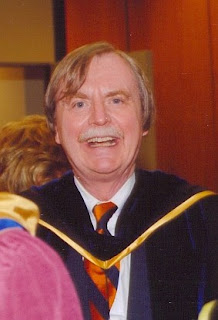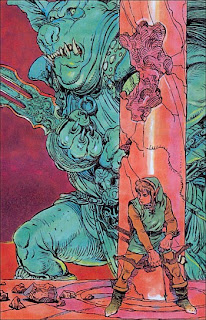
On warm early July afternoon, fresh off a job interview, I found myself sitting on the train back home, starting out into places I’ve seen in the past and on a whim decided to take a detour ‘up the hill’ to my old alma matter to pick up a reference letter which had been waiting for me for some months.
Up on campus, I retraced my routes that I took daily as a student a few years back. Much has remained unchanged, from the overflowing fountain to the smell in the air— a kind crisp mountain air mixed with the smell of people, greasy food, coffee and the distinct odour of cigarette smoke. Now fully responsible for my own destiny, I can’t help but feel a sense of loss for a more carefree time in my life
But I digress. As I neared end of my tour and walked up to the bus loop to catch the bus, I casually reached for the student newspaper. Flipping through it, the headline “Psychology Department suffers loss’ immediately jumped out. As I read on, my worst fears were confirmed. The article explained that popular psychology professor Barry Beyerstein had passed away on June 25th while working in his office.
Professor Beyerstein came along at a time in my life when I was searching for meaning and direction. After completing my first semester in university as a film student and feeling unfulfilled, I had taken time off to reassess my goals. Upon my returning to university, I took a class with Professor Beyerstein as part of my lower level credit requirements. That semester marked the beginning of that charmed time I had as a student, the beginning of my academic career in earnest, not as a film student but as an aspiring business major.
The content in Professor Beyerstein’s introductory psychology class was lighthearted but illuminating. It touched on everything from the occult, UFOs, alternative cures and other topics. I poured myself into his thick stacks of assigned readings. I found them 'fun' as the subject matter was always about debunking a well-established myth or a common fallacy of human perception. Those four months in the fall of 2000 I spent in Professor Beyerstien's lectures contain some of my best memories on campus. I looked forward to class and devoured his homework.
As the bus snaked through the winding mountain pass cut around the back of the campus, towards the final stop before descending from the hill top university, I look out in the crowd of students waiting at the bus stop and I think to myself that these students, all fresh faces in their teens and twenties, will not have the chance to study under Barry. The bus is pulling away now, speeding around the west mall complex. I was reminded of all the events that transpired in that building when I was a business major. The computer lab I virtually lived in during my management science course, the cafeteria where I hang out with my group members to discuss the details of our projects, and the place where I hid myself in between classes to catch up on my reading.
I credit Professor Beyerstein for helping me reach my academic goals, for opening my mind not as a matter of getting good grades, but by approaching all arguments and all claims made with a healthy dose of scepticism. And above all, he taught me to use logic and reason as a basis of conducting my daily affairs.



